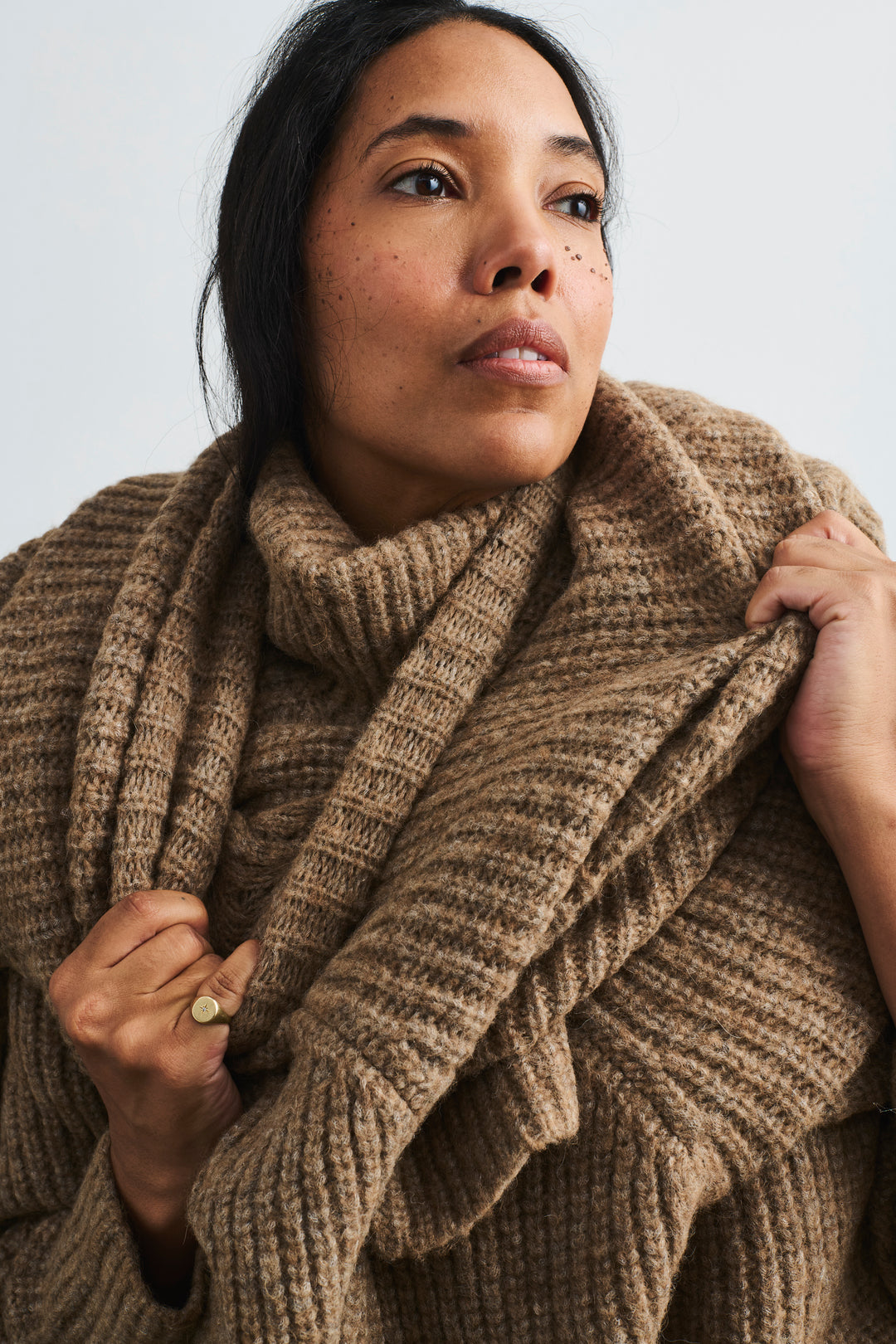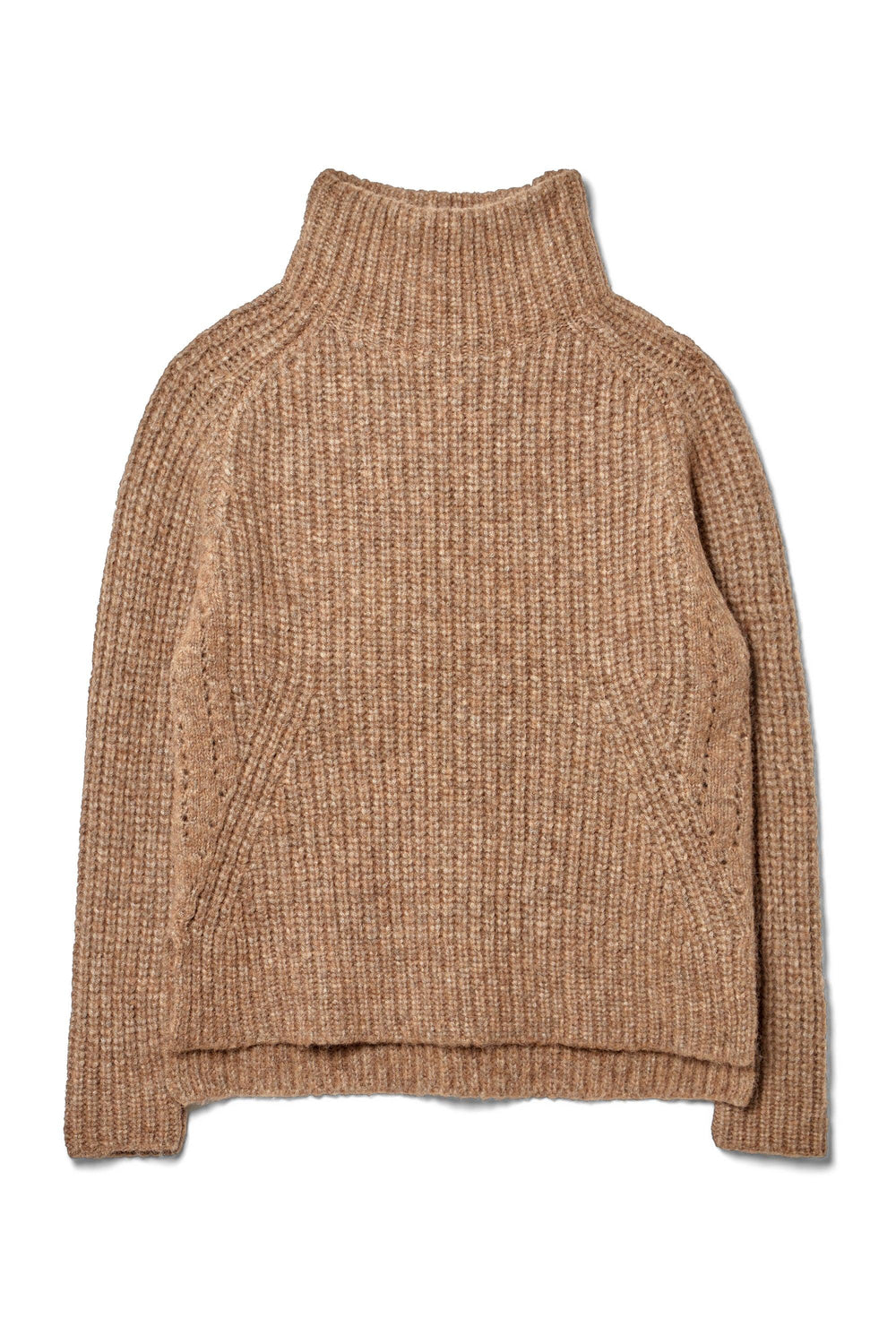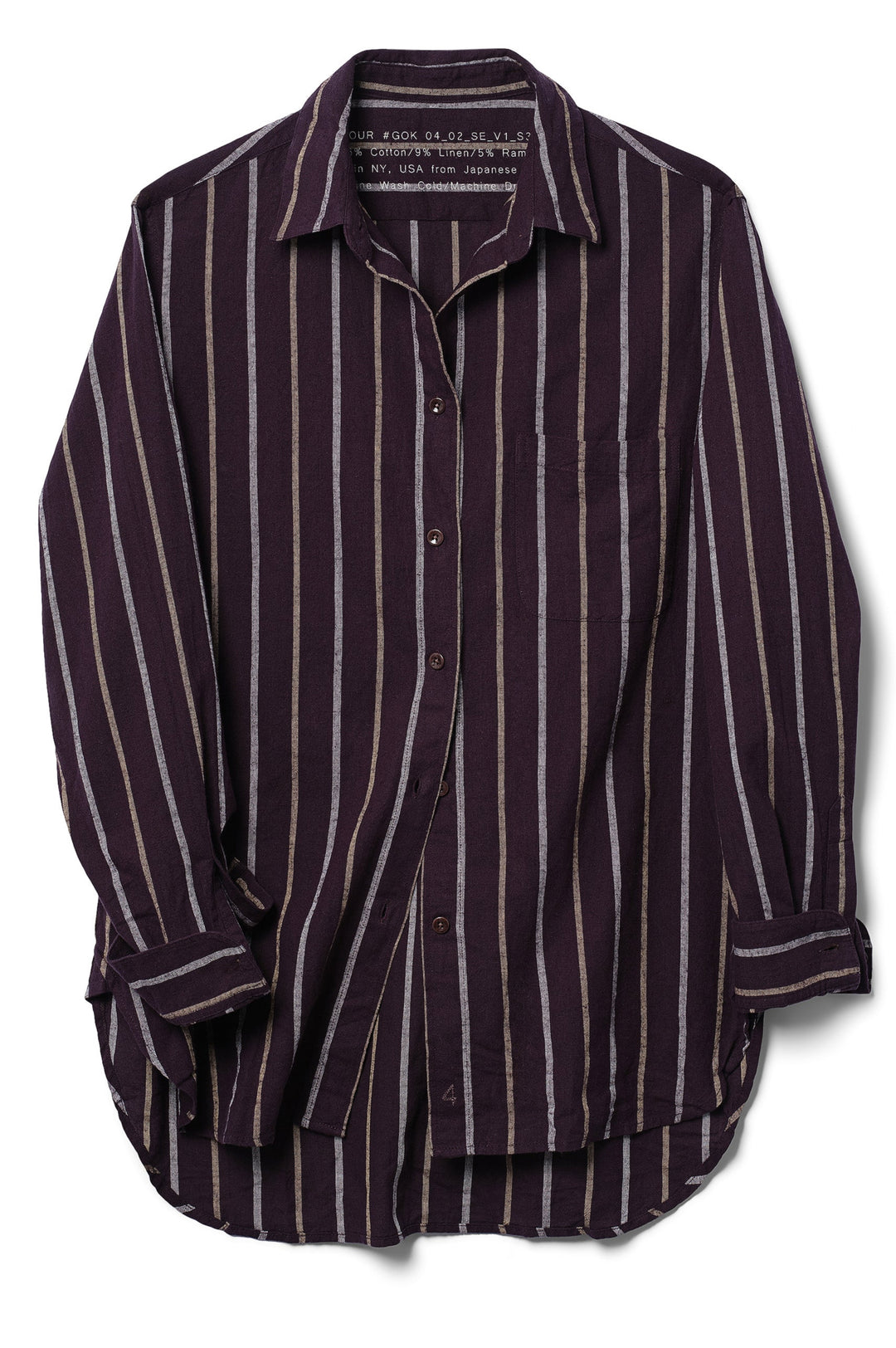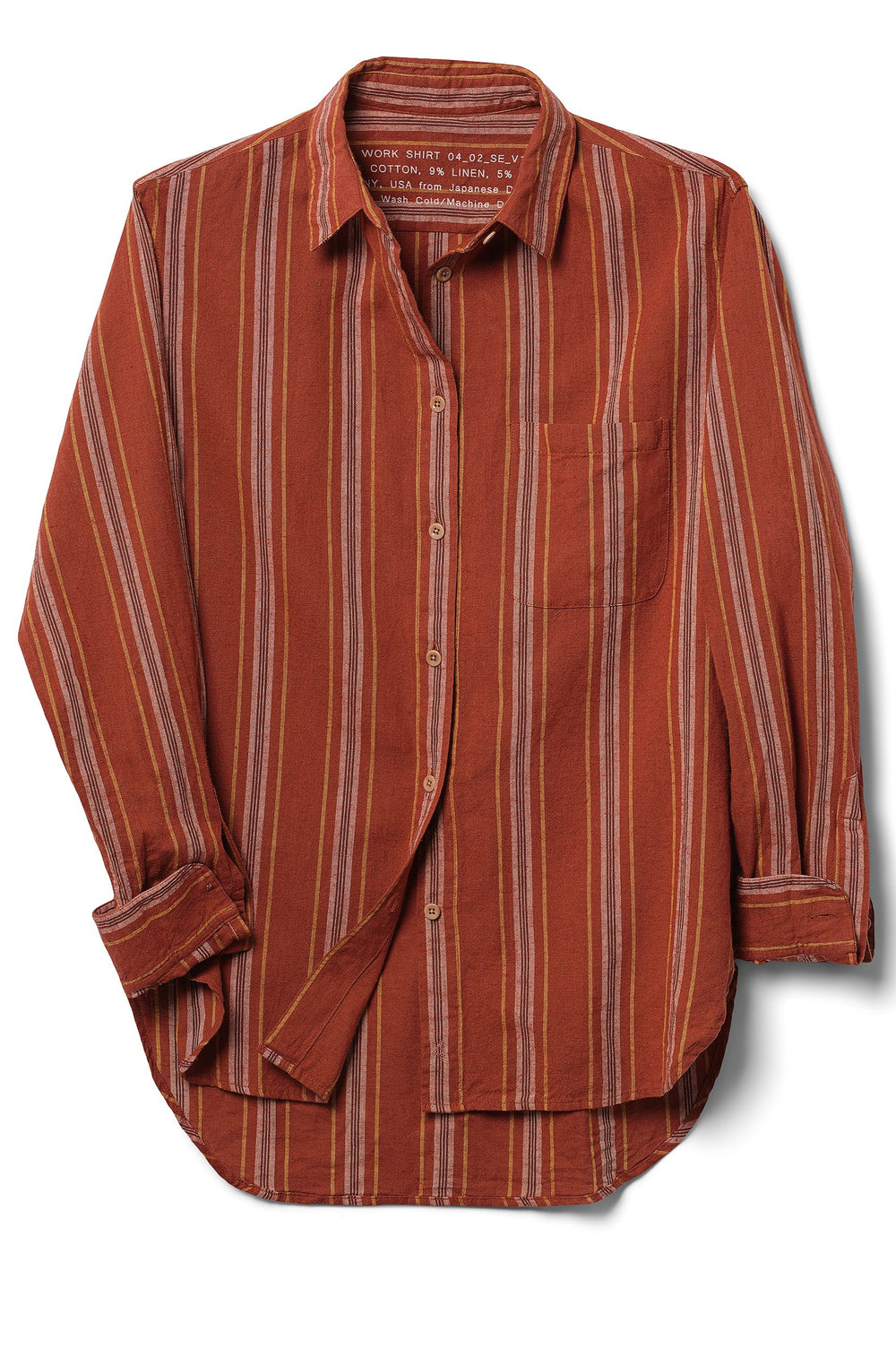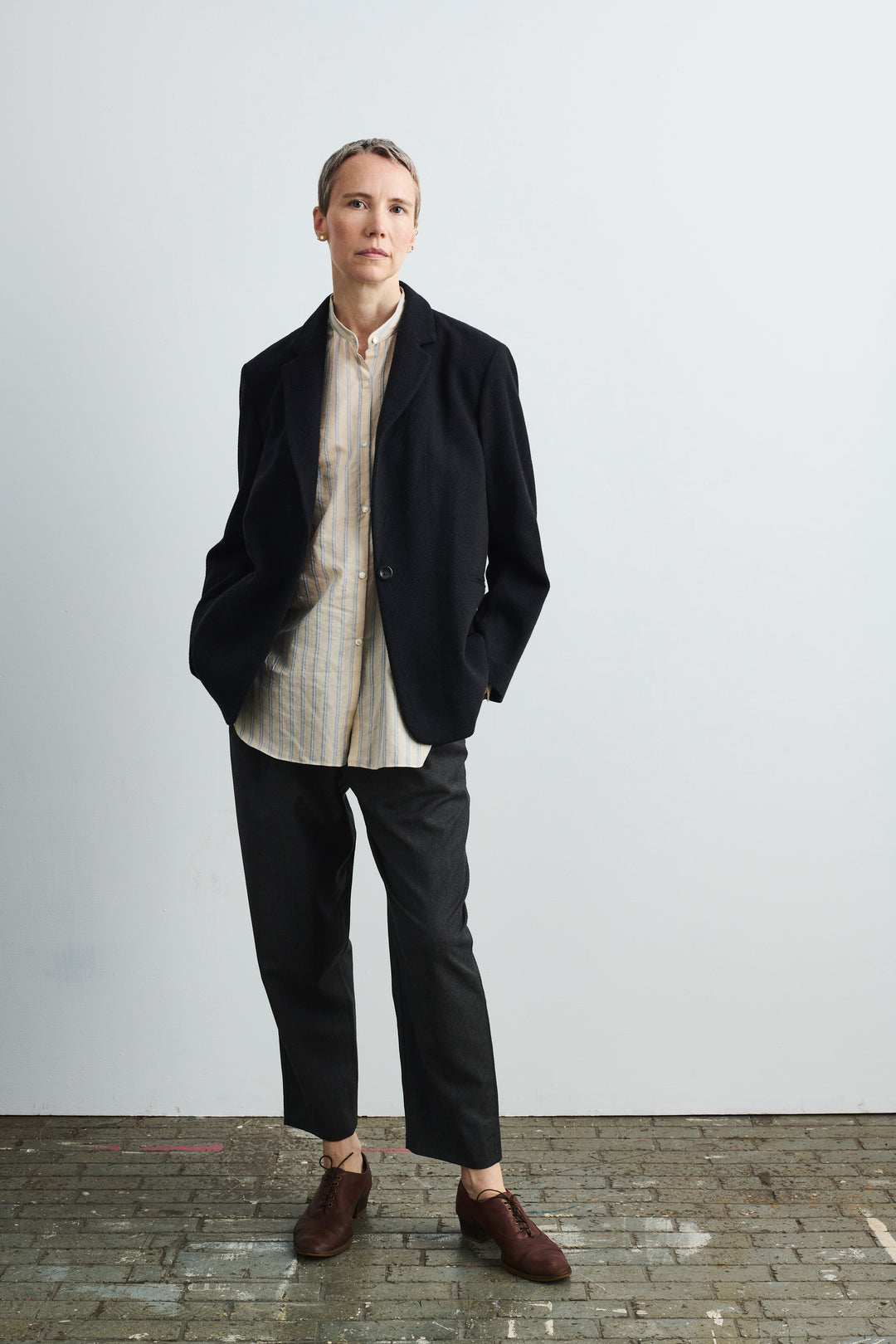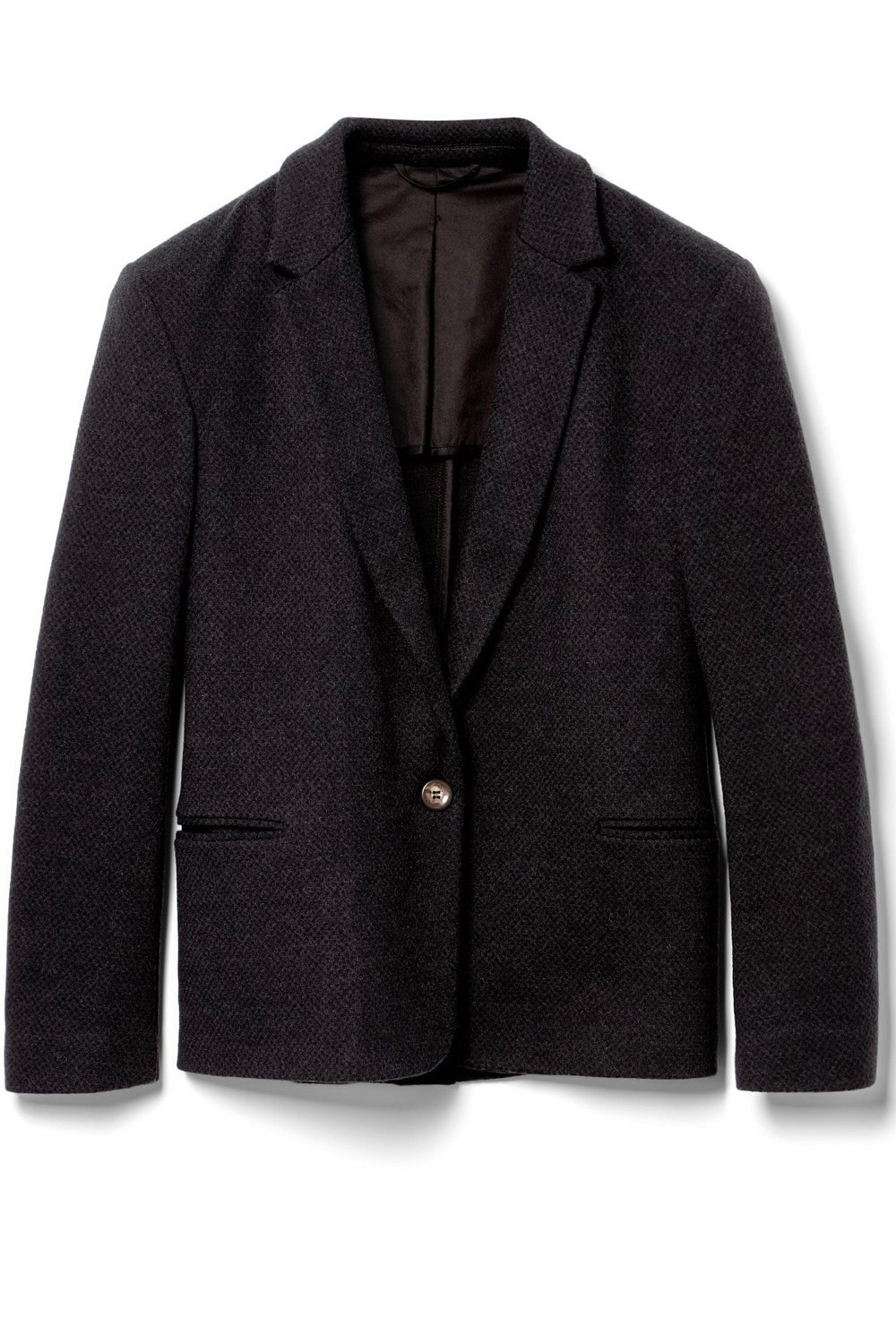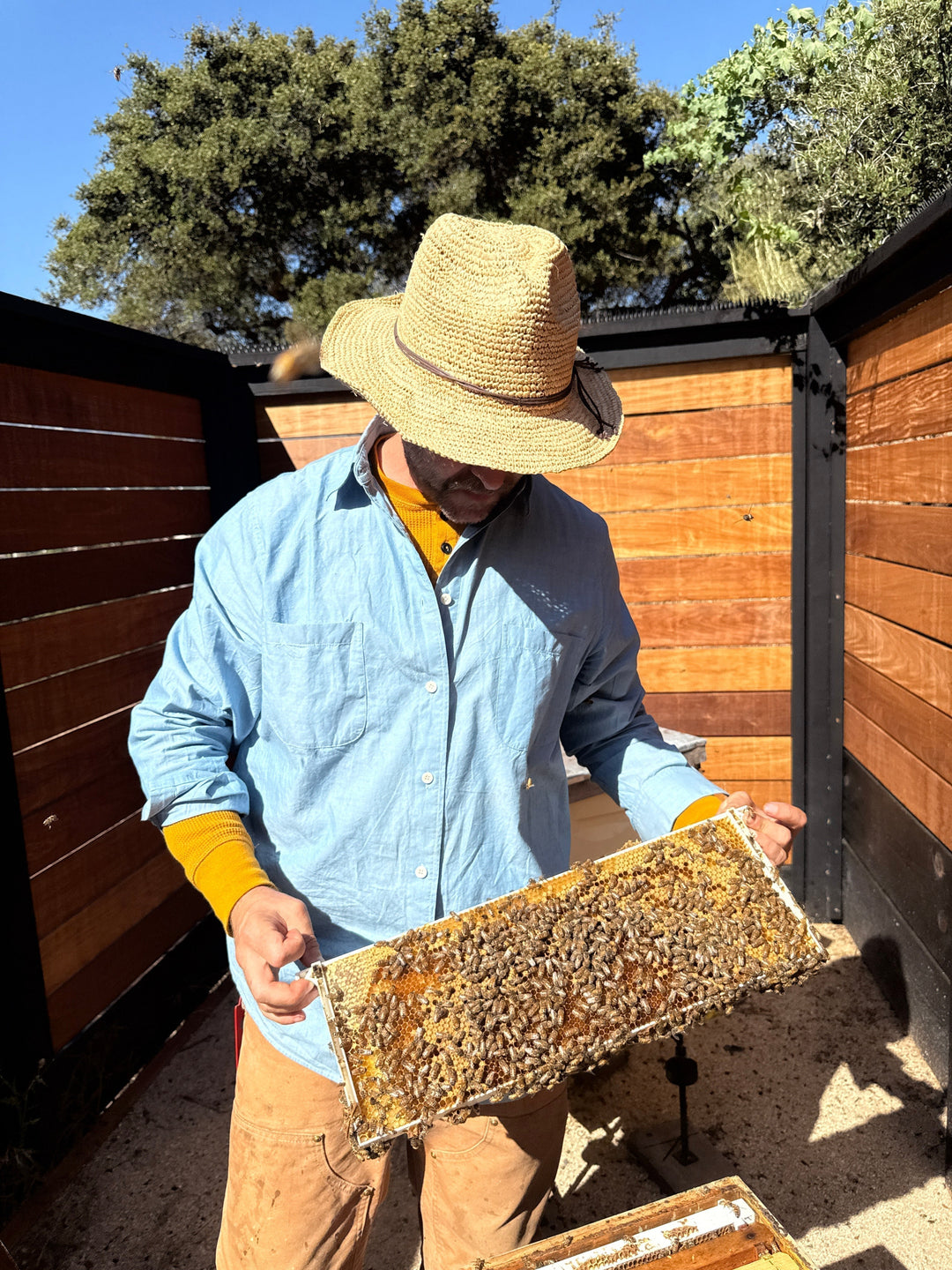Celebrities2Us: Emi Winter
Emi Winter, Painter.

Mid-June, we went to visit painter Emi Winter in her studio with fellow artists, Lucas Knipscher, Irina Arnaut and NYTimes art critic Will Heinrich. This is an edited transcript of our interview following that marvelous visit.
FOUR
Thank you for sharing your incredible work with us. We had a special time viewing your work as a group, both on the street and in your studio with our children. We left your space so energized and excited about the possibilities in what painting can achieve. We really want to show people your work and talk to you about painting.

EMI
Thank you. The visit was really fun. To hear what you guys had to say was interesting and refreshing. I loved it.
FOUR
Thank you. When I was considering questions for this interview I kept coming back to the figure in your work. I think about women's bodies all the time. I should say "figures", but I am thinking about women's bodies specifically; although, the parameters of what that means are quite broad. I'm wondering about how you think about women's bodies in paintings, in your paintings, and also very much, not in your paintings.

EMI
The first time I really started doing a full figure was around 2017. I painted surrealist forms without a head. They looked like a loop with hands and feet and were very flat. They weren’t overtly female. I wanted to keep them in an ambiguous realm. That was my first approach because I found that when painting the body, especially the female body, every decision - facial expression, body position, clothing, no clothing - is so complex and loaded that the figure becomes an encyclopedia of signs. It was just too much to take on. That’s why I simplified it into those flat, surreal forms. And then of course, there’s the context; this image is produced by a female and what does that say. I have to ask myself whether I’m objectifying the female body or not, how am I using it, how am I representing myself.
FOUR
Yeah, there are only a few 1000 years of history to reckon with. I'm curious about the headless loop figures...

EMI
I wanted those flat figures to have a certain eroticism. The feet are supposed to be phallic and the hands like mouths open to eat or receive the feet.
I’m now exploring a more fleshed-out female figure and the process is about making a form that feels comfortable to me. Comfortable is not the right word, rather it’s about finding something I can work with, that I can integrate into the rest of the painting and not have it just take over. I work from pictures of myself and occasionally from a model. Using images of myself has been a way to try to skip over the problem of the gaze but I’m not sure it’s possible to get around it, actually.
FOUR
As I sat with your work I felt like you are on this journey to find a space for the female body that refutes the gaze. It’s a big question, how do we remove thousands of years of oppression? I guess slowly. Slowly.
EMI
Exactly. It's so very complicated if you're really thinking about it, which we are. It’s difficult ground to navigate, but you don't want to not do it. Of course that’s the case, I would say, with all painting, any kind of painting, you want to do it, but to be really thoughtful about it. I think a lot about the activity that the woman is performing, and what kind of position I have her in. She's usually not interacting with others but instead engages with animals like in the painting “Lion Licking”.

A lot of the artwork I saw when I was growing up in Oaxaca was by Francisco Toledo and he represented people engaged in sexual acts with animals. I believe that’s why this is a comfortable visual language for me. And I’ve thought about the fact that she’s not more active, standing up or running or whatever. I don’t want her to seem helpless because she’s lying down.
FOUR
What do you think about when you say “interacting with others”? My first thought was the viewer. I know you're talking about inside the picture, at least in the context of your speech, but I'm sure you're also standing outside the frame, right? You are interacting with this figure, both as a painter and an observer. I'm curious about the relationship to the figure in the work, not so much the relationship to the artist, but more to how the artist is addressing the viewer of the view. As we were viewing your paintings I was struck by how I had no access to most of the figures and specifically how intentional that felt. And then I felt acknowledged by the figure surrounded by lions which was a beautiful sensation, I felt like I had been seen. Like I had been acknowledged. And yet, I most definitely had not been accepted into the fray. Only that my presence had been granted. And I think that I felt grateful for that.

EMI
In some paintings she’s lying down with her back turned to the viewer so you can't see her face. She is decidedly not engaging with the viewer. She's engaging with what's happening in the painting. And like you said, we're looking at the same thing that she's looking at but we're not acknowledged. That's an interesting way to put it. Her back becomes like a flat wall because she's not foreshortened. She's horizontal, like the rows of rocks in the other paintings, a blockade at the bottom of the painting. This is a compositional choice that obviously carries meaning. And then in the Pride of Lions painting, yes, there's a different kind of access because her torso is turned toward us even if she’s not looking at the viewer.
FOUR
Well, she's also protected by lions. Literally saying, you have no agency here, I'm fully protected. No matter what. Kind of amazing you know, I'm not a naked figure in space exposed to or by your gaze, she says we own this space. I'm thinking of lots of historical paintings of women. Horizontal, sometimes sitting up in bed but with their back to you. There’s quite a few of those. But they're often looking back at you, but they're not in relation. Maybe they’ve given us permission to look, or maybe we’re looking at figures that don’t want to be looked at, or maybe we’re being tolerated as we blatantly gaze, sometimes there is flirtation or coyness but often you feel the painter imposing that. I feel like there’s a huge difference here.

EMI
There’s voyeurism, yes. But the painting where the lion is licking the woman’s foot, that's just about female pleasure. It's about ecstasy, you know.
FOUR
Yeah, I do. It’s just a little bit dangerous!
EMI
When I made that painting, I thought there are so few paintings where you see the female in the ecstasy of sexual pleasure.
FOUR
That wasn't painted by men either. And that is something else, ecstasy that is uncanny, more familiar.
EMI
Yeah, exactly. Ecstasy has been represented more often as religious ecstasy.
I wanted to paint the experience of the body as the vehicle for the sublime and not just in terms of sexual pleasure but also the sublime experience of being organic matter just like everything else.

FOUR
I was just gonna say there is something special about aging. And feeling alive. I’m not sure, it might be generational, but when I was growing up everyone was really fighting aging and talking about how horrible it is or will be to be old. Which I’ve always found very confusing because throughout my life I have felt very out of sync with my peers and I think this is because I have never felt my age. I have no idea how old I feel because I have never gotten anywhere near an alignment of that sensation. All I can say is that I feel ancient. Now that I'm almost 50, sometimes I get the sensation that I'm beginning to recognize myself in my infancy. Maybe it’s just the approach of the end of my life that I've been feeling all along and I’m just arriving here now.
EMI
Aging feels fine and good and not just because of the accumulation of experience, which hopefully translates into wisdom, but also because of the growing awareness that being a body is a very precious thing. It’s what we are, what we live, and it needs to be protected in some way because we are just flesh, and flesh is soft.
But I’m also feeling that this sensorial aspect of being a body is just incredible and it feels good to surrender to it.

FOUR
Maybe it's a surrender but after the surrender is an embrace, you know? I feel like that's an emotion or a feeling that I'm still trying to understand. I'm experimenting with the embrace because there's a cultural resistance to embracing for some reason.
EMI
Oh, definitely. There’s so much telling us we can’t surrender into being who or what we are but I think on a very personal level that the point is to surrender into being this body, this sexual body that can’t always be controlled or mitigated or restricted by myself or by others.
FOUR
Or ashamed or shamed…
EMI
All these things, but then what happens if in that painting of the lion licking the foot, if you're like, this is really great, and it feels good, and I'm gonna put so much female erotic pleasure into this painting because this is what's happening between the lion and the woman. And I’m wondering if there is a way that one can put work out there that shows that body, that sexuality as a place of existing without having it co-opted for another purpose?
FOUR
Yes, a resounding yes! You know, I walked away from the whole experience of your work feeling vibrant. The Jaguar painting at Josh Shaddock’s new Window Unit Gallery studio felt very alive, your studio felt very alive, you felt very alive, like struggling with material in front of me. And I could also just feel the wave of our love of what we were looking at wash over you. This is good work. I just keep thinking about it. And we kept talking about it over meals and coffee and around the house, the work feels so right, so relevant, and maybe it's because I'm in a similar space in my own life, but I felt the figures, I felt the barriers. The work felt very feminist and you don't really say that about a lot of work with women's bodies.

EMI
I'm happy about the feminist reading. Hell yeah, we need that.
FOUR
But you've arrived here despite all the resistance to the figure and I can't wait to see that space evolve.

EMI
It's interesting to think about access and barriers and relations in paintings. In the Pride of Lions painting, we watch the lion eat its prey. Eating is also primal, like sex...
FOUR
And I think it relates to your comment about softness, like eating is mostly a soft act, and it’s also a real expression of our permeability.
EMI
An entry point where pleasure can be unlocked from the inside. For us it's about orifice and entry, so eating is connected to sex.
FOUR
That's also some aspect of pleasure. It's often treated with negativity in that desire is only one end. Some of the other animals are looking, maybe wishing they were eating, but there's a sense of something larger in the painting, not just desire present, there's something more naked, which is WANT. And desire is often a more mental activity. I feel like there is a space between desire and want, one has way more energy behind it. And maybe that space is more akin to being in the circle painting.

EMI
You mean the figure who is experiencing both the dream and the fire of living which includes pain? Desire can be very painful.
FOUR
This is both a metaphor and very, very real, this pain…
EMI
Again, that soft body that's feeling everything.
FOUR
Yeah, I don’t think you get one without the other. Not if you’re truly present, right? Like that's the point of the shadow. It's always there. The back is as big as the front. I try to remind myself of that all the time and ask myself what isn’t in the frame. That's what we're really talking about. That's what we're really looking at. That's what we're really feeling. Now how do we find creative ways to talk about and engage that space?

EMI
That's so interesting. And very much the photographer’s point of view since you must crop the world to make an image whereas I’m thinking of putting everything into the pictorial space. I’m not really thinking about what’s outside the painted image. But you’re talking about what is not visible yet inside my painting, such as the woman’s face. You know it’s there but you can’t see it. You can’t give a viewer everything, right? We are left to fill in the story with our imagination or simply left with desire.
FOUR
Your work calls up very similar feelings and thoughts about addressing the ineffable and it's really powerful and really exciting and makes me feel alive. Thank you so much for making it.
EMI
Thank you, Mae. By the way, I wear your clothes all the time.


